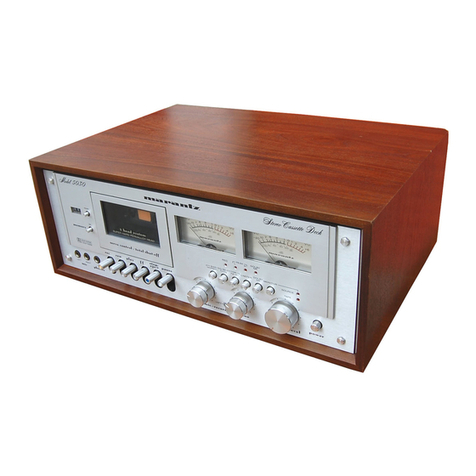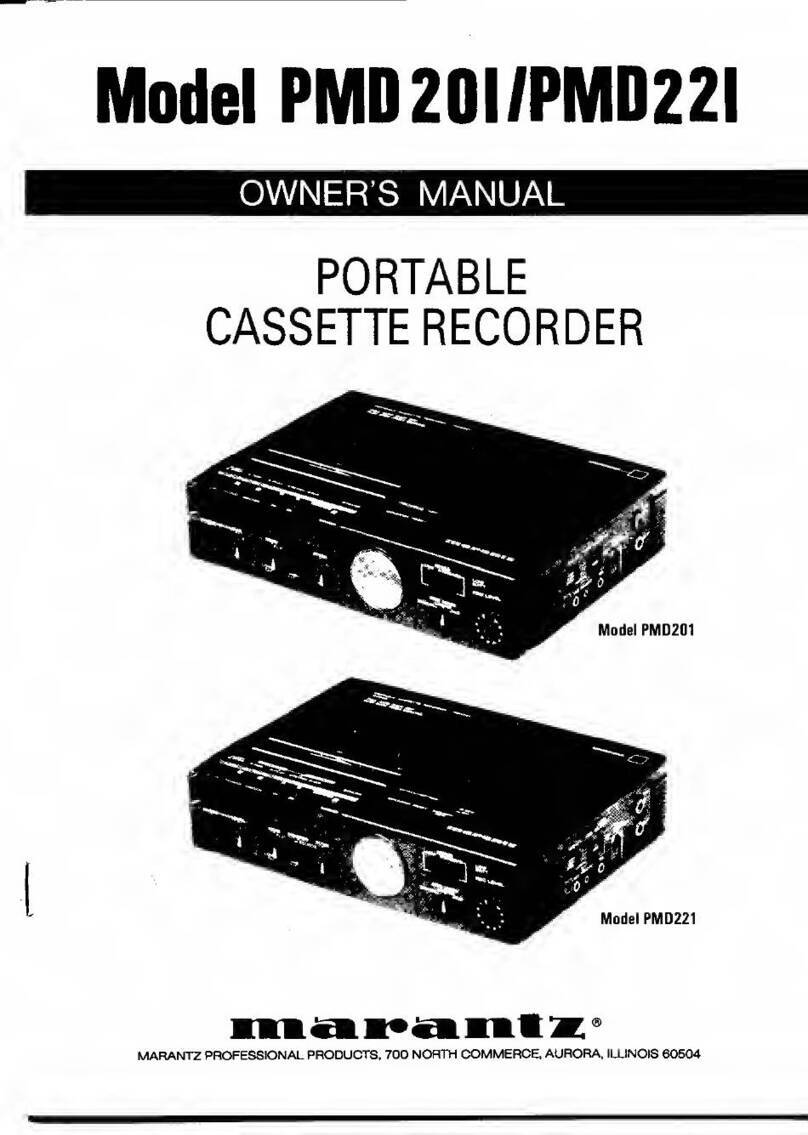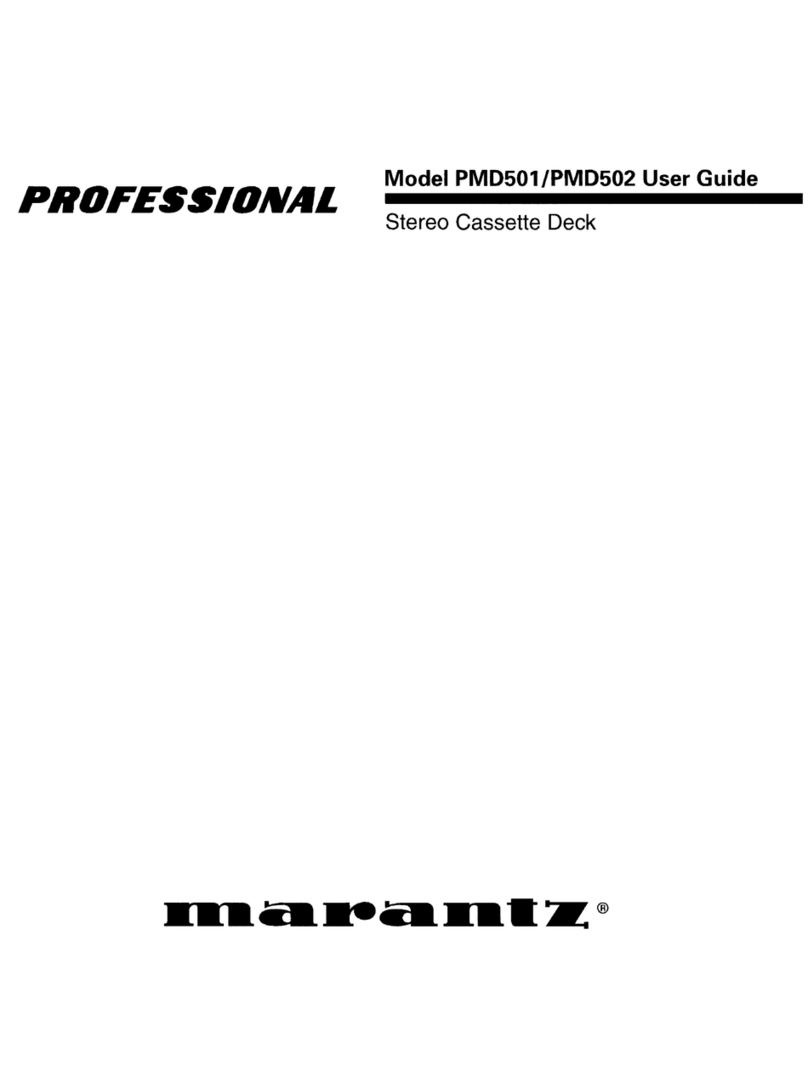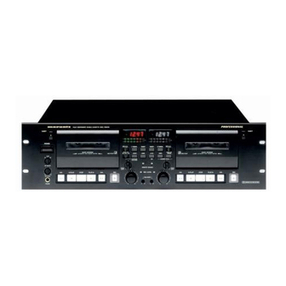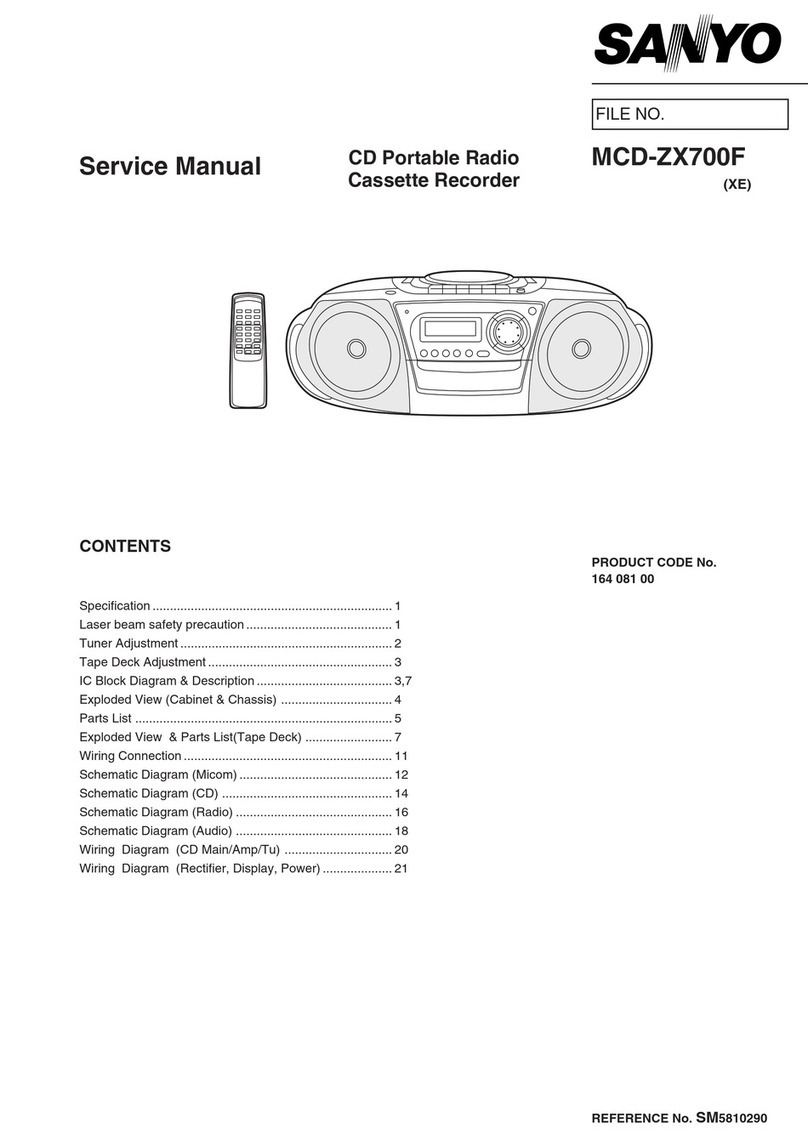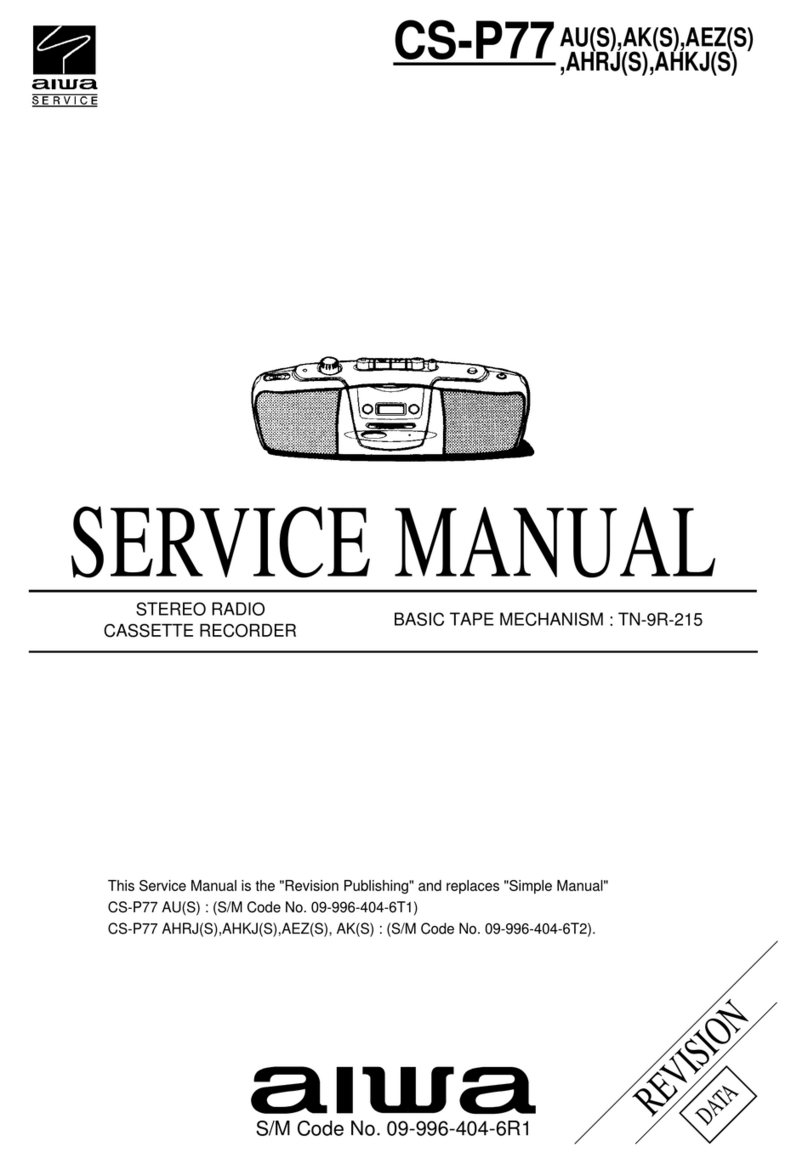Marantz SUPERSCOPE CD-320 Mounting instructions
Other Marantz Cassette Player manuals

Marantz
Marantz CP230 User manual
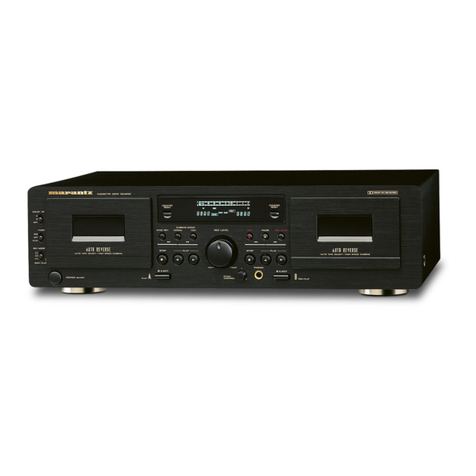
Marantz
Marantz SD4050 /N1B User manual
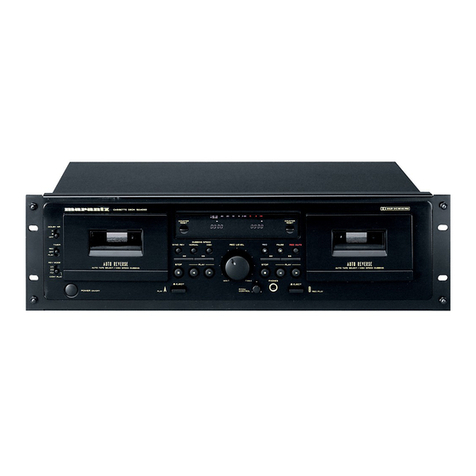
Marantz
Marantz PMD505 User manual
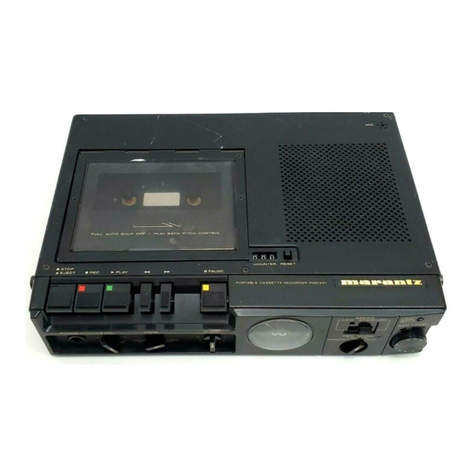
Marantz
Marantz PMD201 User manual
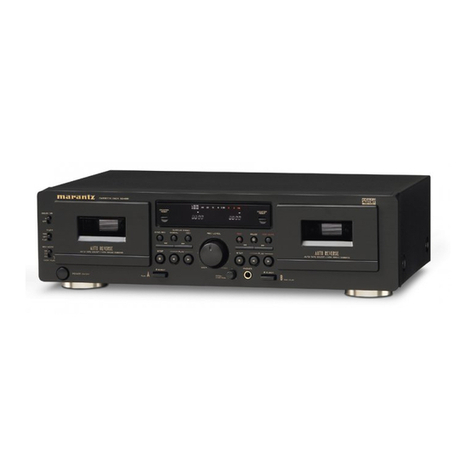
Marantz
Marantz SD-4051 User manual

Marantz
Marantz 5220 User manual
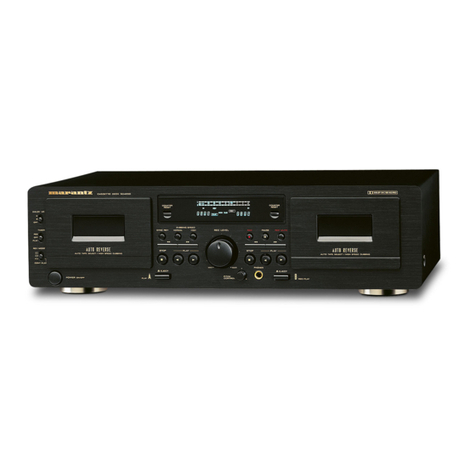
Marantz
Marantz SD4050 User manual
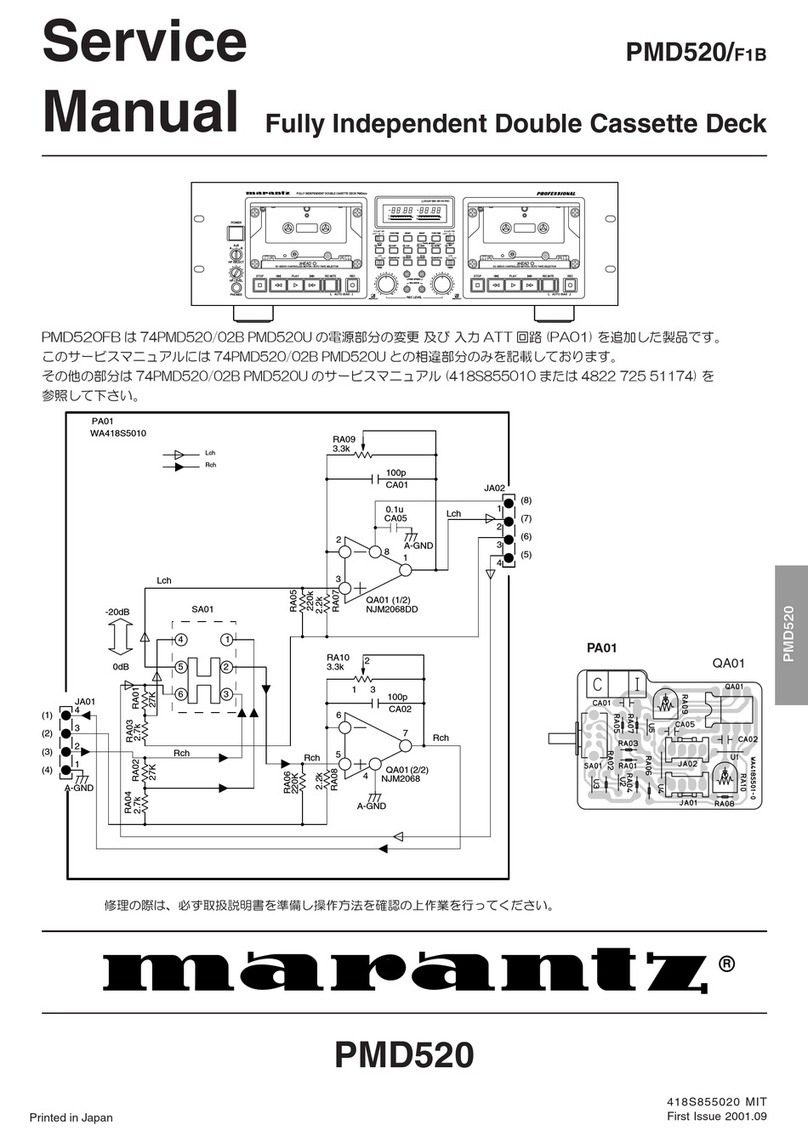
Marantz
Marantz PMD520/F1B User manual

Marantz
Marantz SD-4051 User manual

Marantz
Marantz 5010 User manual
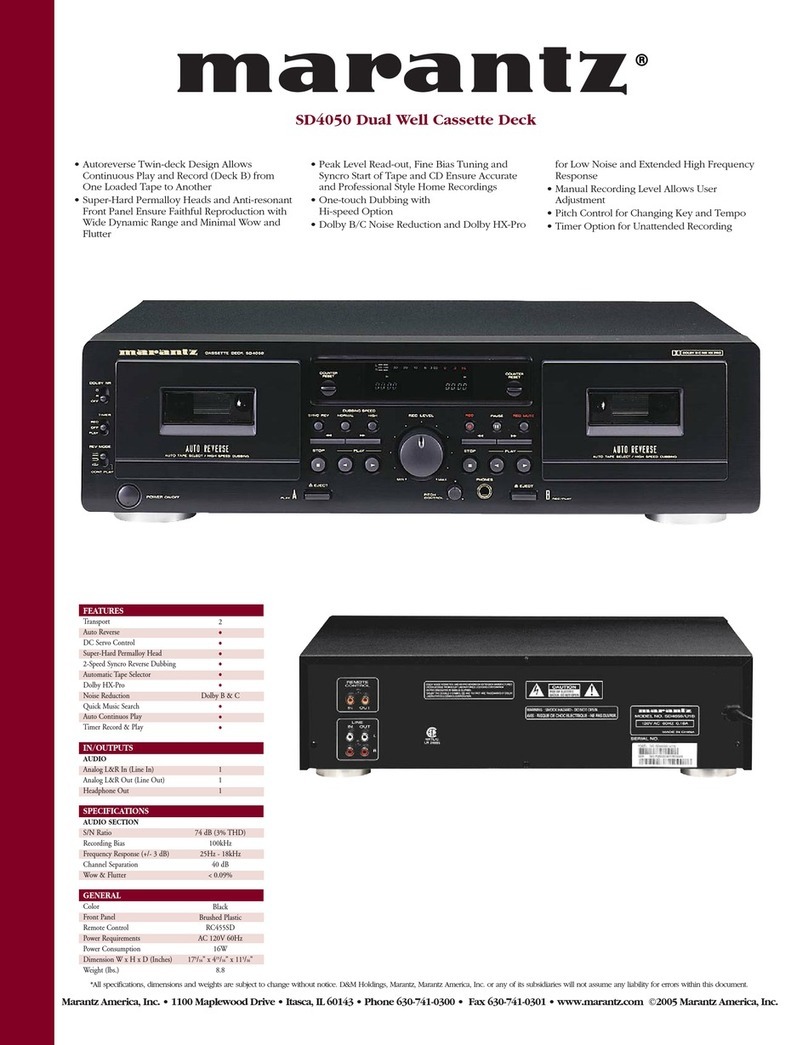
Marantz
Marantz SD4050 User manual
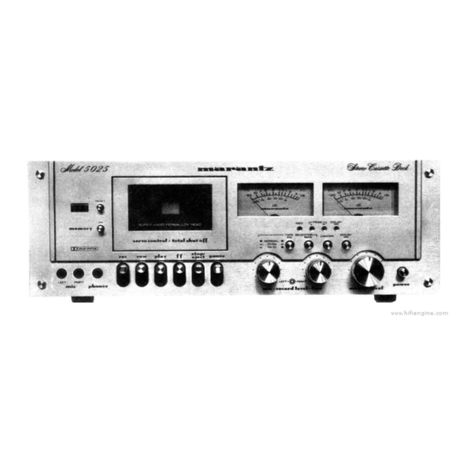
Marantz
Marantz 5025 User manual

Marantz
Marantz SUPERSCOPE CRS-2204 User manual

Marantz
Marantz SD530 User manual
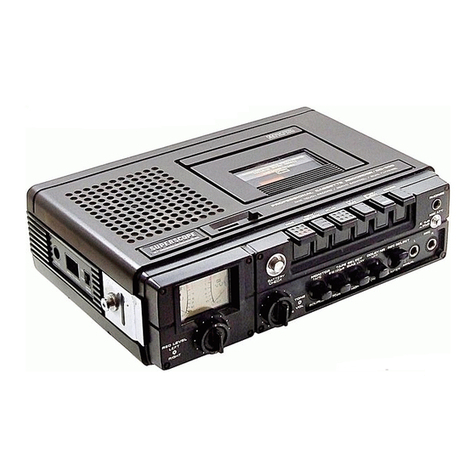
Marantz
Marantz SUPERSCOPE CD-320 Mounting instructions

Marantz
Marantz SD8020 User manual
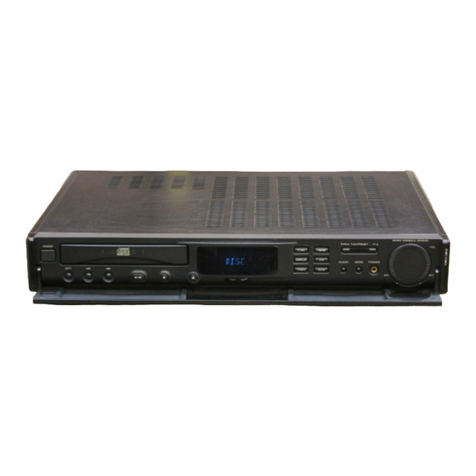
Marantz
Marantz CR2020 User manual
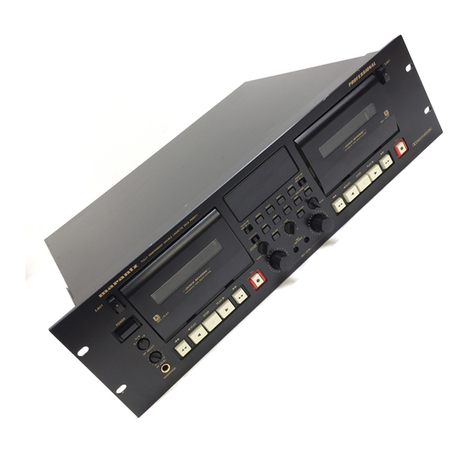
Marantz
Marantz PMD511 User manual
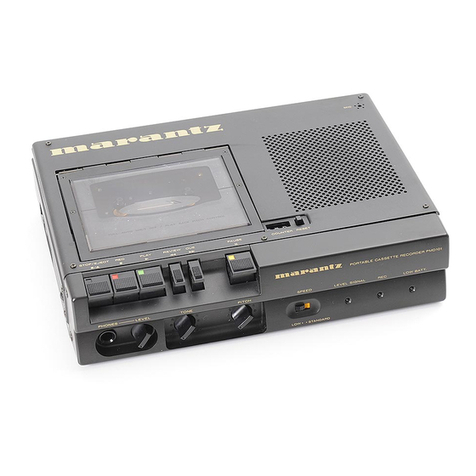
Marantz
Marantz PMD101 User manual
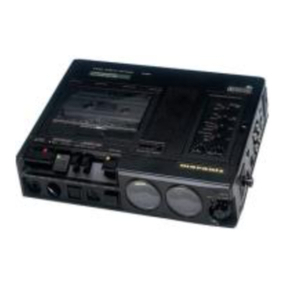
Marantz
Marantz pmd430 User manual
